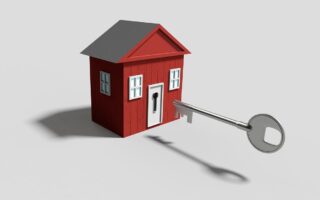Eco-Friendly Chalets in the Alps
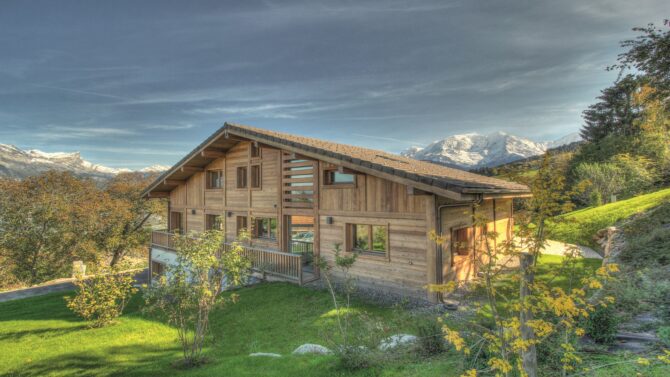
A love of the mountains combined with a passion for eco-construction led Steven Downs to the Alps, where he builds environmentally friendly chalets…
The chocolate-box ski chalet covered in snow, family warming themselves by the log fire in a cosy interior, is the picture-postcard image of Alpine living. But when the temperatures descend to minus 10, the heating cranks up and the chimney pours with smoke, it’s not just household bills that can skyrocket – so can the impact on the environment. Timber-clad traditional exteriors can be deceiving – many ski chalets are built in concrete to withstand extreme weather, and that means low energy-efficiency and high heating bills. Couple that with ‘natural ventilation’, letting in freezing air through window vents and cracks, and you have a home that is fighting against the environment to provide that cosy post-ski sanctuary. But as an expert in sustainable architecture, I knew that didn’t have to be the case, and set out to prove it is possible to build homes, even in extreme mountain climates, that work in harmony with the surrounding environment.
I moved with my family to the Alps a decade ago to build chalets using SIP (Structural Insulated Panel) structures and other integrated eco systems for ventilation and heating, and we now have a large portfolio of AA energy-rated properties. We harness and recycle existing heat energy and engineer almost passive ski chalets – almost unheard of where we live in the Haute-Savoie. The versatility of the SIP system means we can still achieve the chocolate-box look, or more modern styles with larger open-plan spaces. But instead of using significant amounts of energy and cash on keeping living areas cosy, our chalets are so well insulated the bills are on average €700 per year to heat a home of over 150m². Our aim is to make that even lower by adding more eco systems.
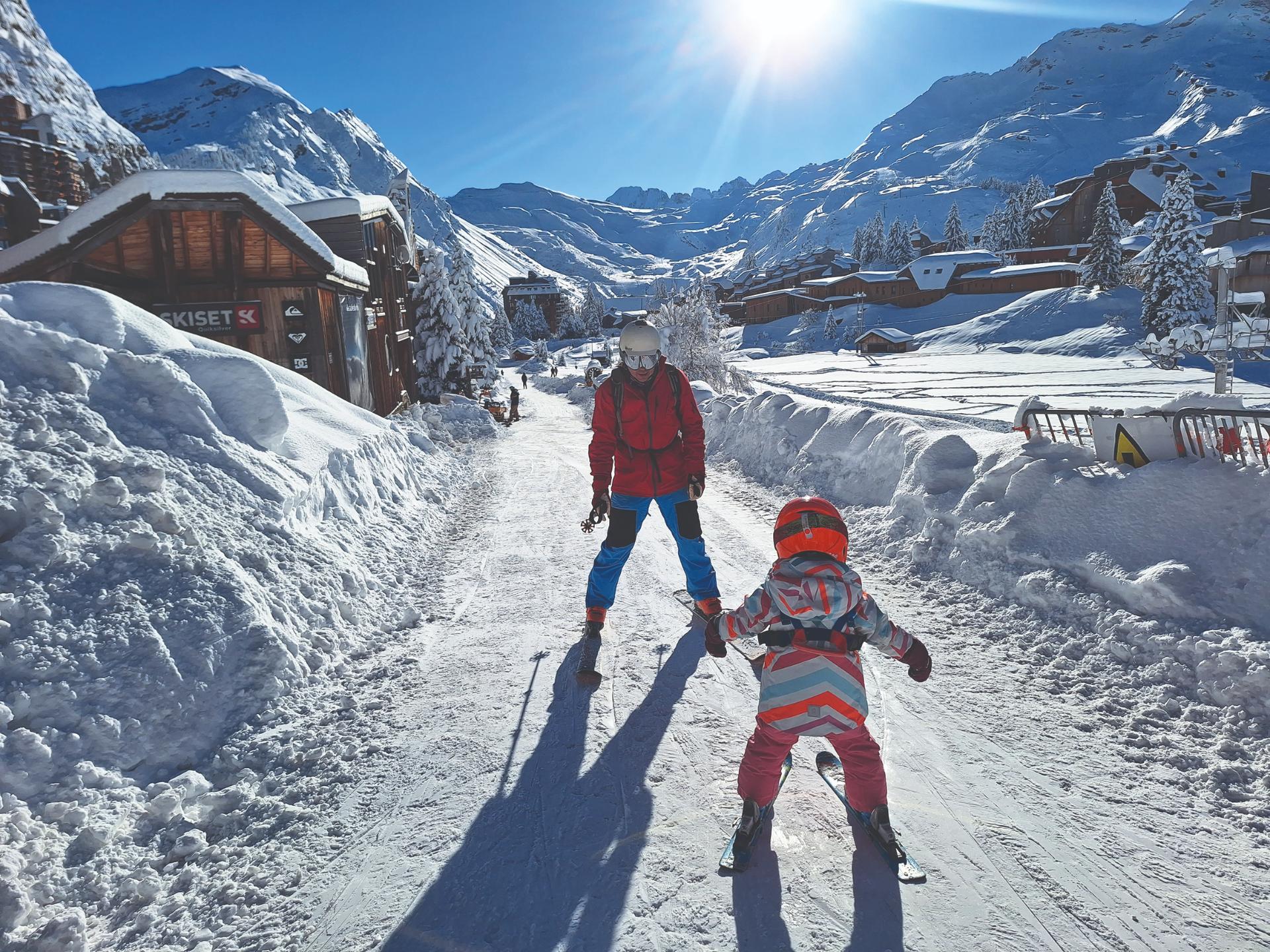
Steven and his family moved to the Alps a decade ago, © ECSUS DESIGN
SPECIALISING IN SIPS
Since my first ski trip aged 11, I have loved the mountains and snow. When I started running university ski holidays while doing my degree and post-grad in sustainable architecture, my eyes were opened to the amount of construction happening in concrete, with little insulation and no thought for the Alpine eco-system.
Over the last 20 years I have been designing and building eco-friendly properties all over the world and finally I teamed up with SIP manufacturers to bring this building method to the mountains in France. I specialised in SIP construction because it’s perfect for building in the extreme conditions of the Alps. A SIP structure is much stronger than traditional timber frame, and the insulation is built into the panel, which allows up to 10% more space internally and is not vulnerable to damp.
One of the main benefits is the speed of construction – we only have a short construction window in the Alps as it’s very difficult to build during snowy winters – SIP structures can be installed in under two weeks. The panels create a fully airtight shell that is so highly insulated that teams can be inside all winter fitting it out.
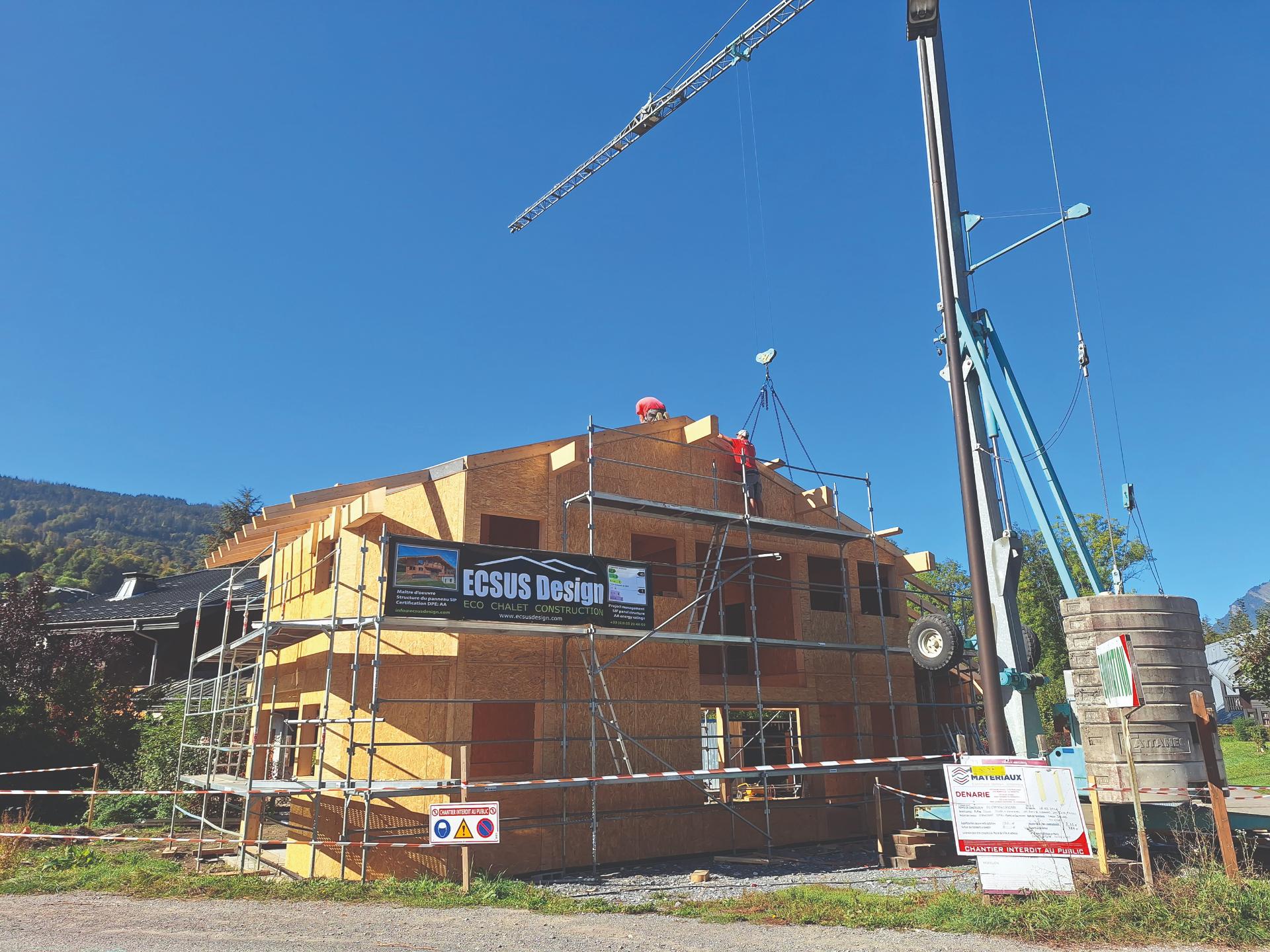
A SIP structure is much stronger than a traditional timber frame and quick to build, © ECSUS DESIGN
HEALTHIER HOMES
This airtight envelope allows us to control indoor air quality and temperature, and engineer a building that’s healthier to live in, using mechanical ventilation and heat recovery systems. A system of ducts and fans filters contaminants, toxins and allergens out of incoming air, and humid air from kitchens and bathrooms is efficiently extracted, leaving quality fresh air circulating. Rather than being extracted and wasted, the heat from the outgoing air is transferred to warm up the incoming cold air. Instead of gas boilers, we use air source heat pumps, which are over three times more energy efficient. They extract heat energy from the air (even in extremely cold temperatures of -20 degrees) and transfer it to heat the chalet’s tap water and underfloor heating.
Canadian wells are a passive method we use to heat the air coming into the building through underground pipes, using the earth’s natural geothermal energy. Underfloor heating is another no brainer for an eco home – gently warming the large area of floor space is up to 40% more energy efficient than quickly delivering a high temperature to a small traditional radiator to heat a room. All our chalets have triple glazing, which loses significantly less heat than double glazing and reduces noise transmission as well as solar gain, to keep a constant temperature inside.
Using all these techniques it’s possible to create a building that works, breathes and stays warm – just like its residents. Making changes to work with the natural environment, instead of against it, is more important than ever as the impact of climate change and air pollution is felt everywhere. In Chamonix, log fires have been banned in homes because the fine particles in the smoke were regularly exceeding safety limits across the valley, causing respiratory illnesses and schools to keep children inside at break times. Many of our clients are choosing ‘gas- effect’ log fires to give the cosy ambience without the smoke and pollution, as additional heating is not needed in a SIP home. We’re getting increasing enquiries from people putting eco-friendliness at the top of their priorities for building and we’re pleased that in most cases we’re building family homes rather than holiday homes, as our building method is not more expensive than other traditional methods. We’re starting to offer SIP structures to constructors, developers and architects across France to try to build a greener future. Now that we’ve shown what’s possible even in the mountains, we’re hoping an even bigger change is coming.
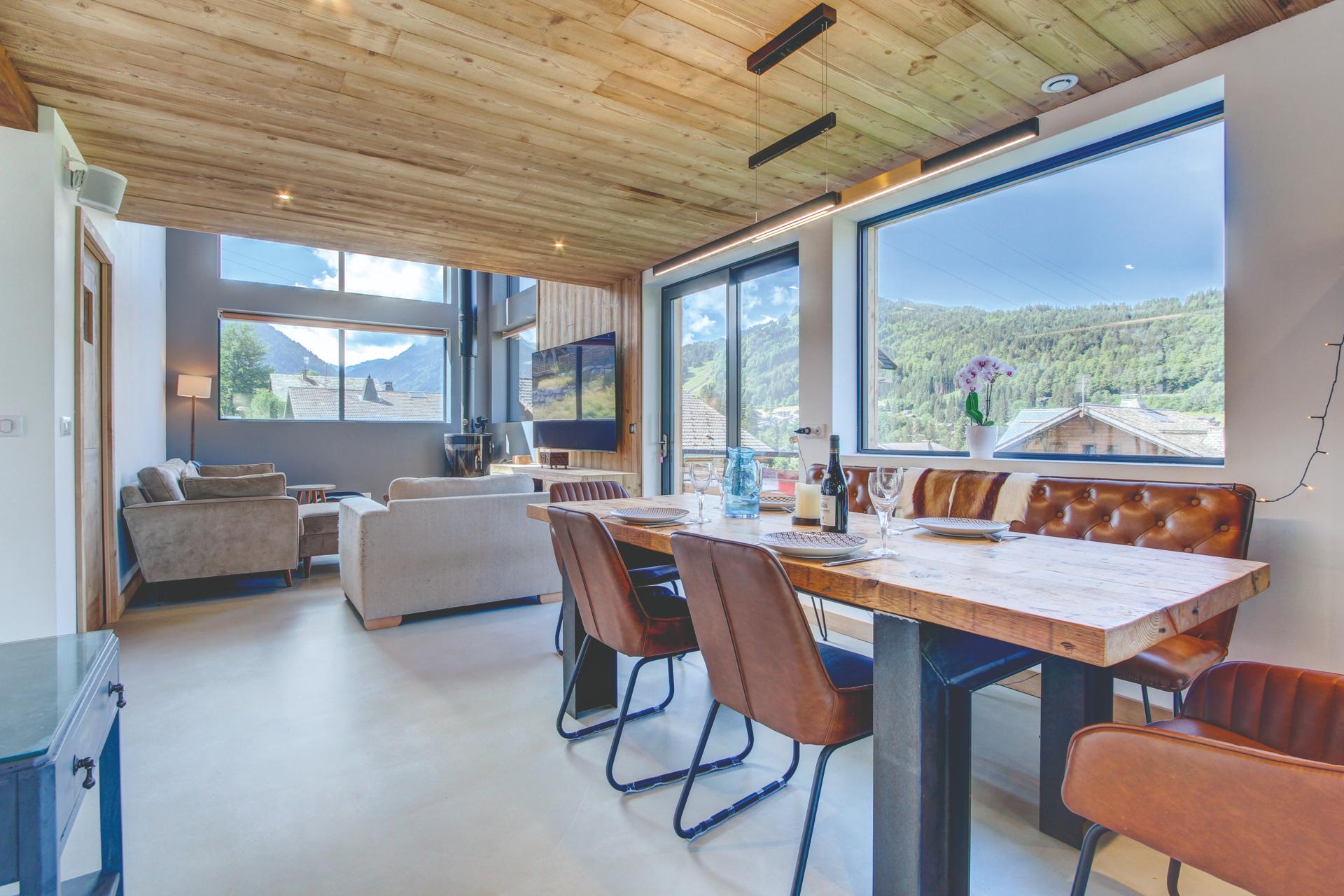
© ECSUS DESIGN
Steven Downs is the owner of ECSUS Design in Les Gets, Alps
Tel: 0033 (0)6 85 20 48 09
Looking for more like this?
Every issue of French Property News delivers in-depth regional buying guides, sound and trusted advice from leading experts, inspirational real life stories, renovation tales and lots of lovely properties to browse.
Lead photo credit : © ECSUS DESIGN
Share to: Facebook Twitter LinkedIn Email
More in alps, buying in france, chalet, eco-friendly
By Steven Downs
Leave a reply
Your email address will not be published. Required fields are marked *


